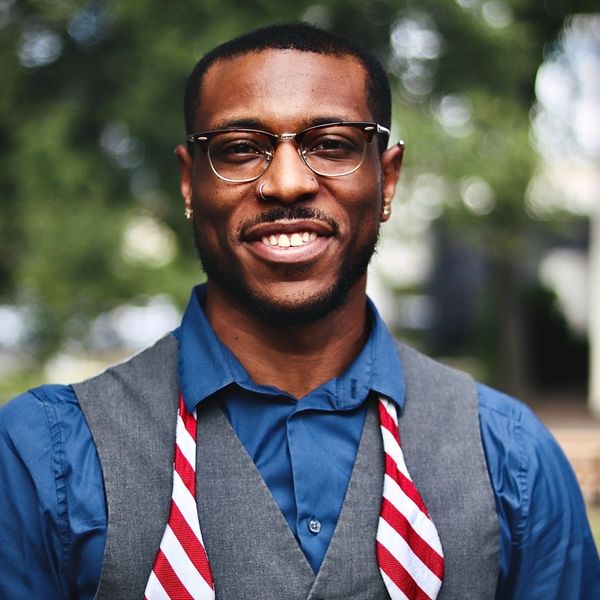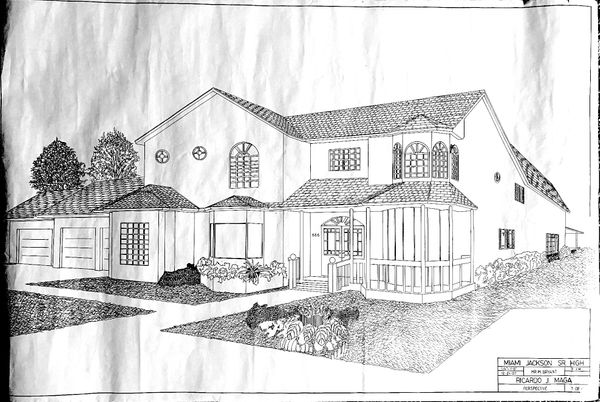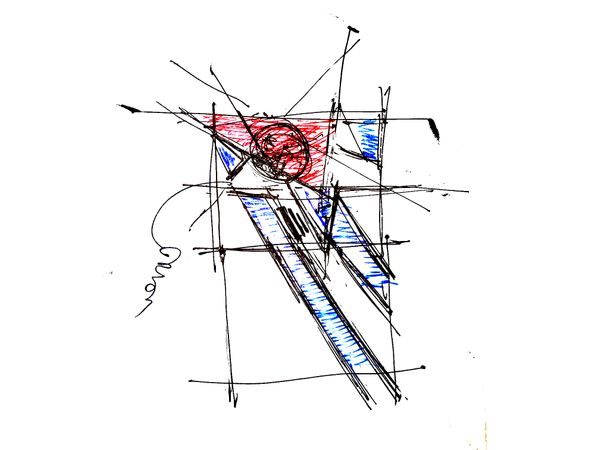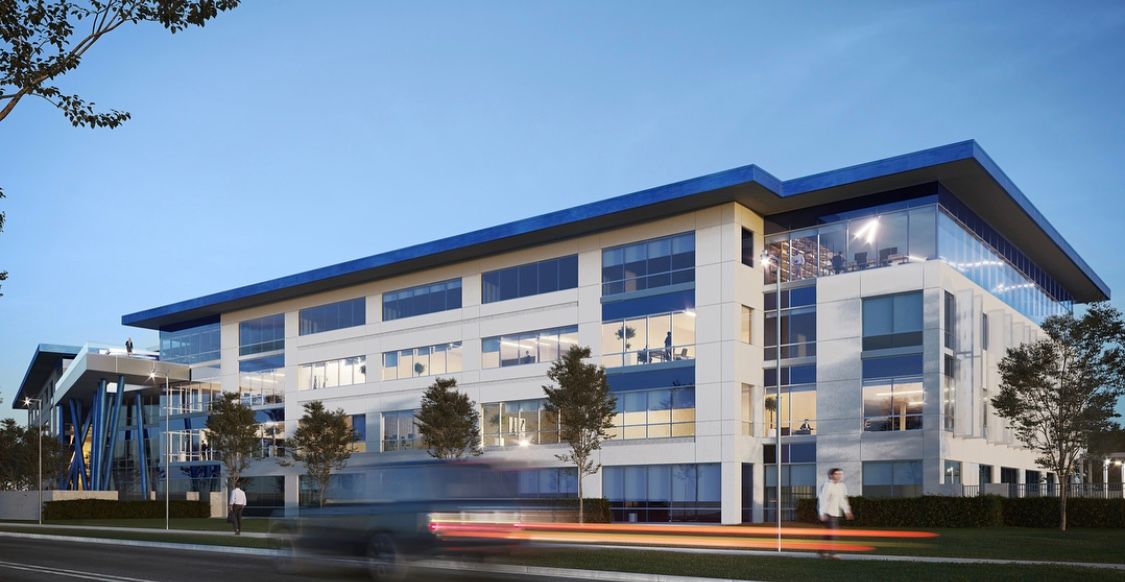How has your Afro-Cuban heritage influenced your work?
Afro-Cuban heritage is heavily community-centric. It takes a village for us to create space whether that is dancing, drummers, singers, religious activities, the list goes on. This has manifested itself in my role as a Citizen Architect. When I first moved to Austin, I became involved in community organization efforts to understand the needs of the residents in East Austin. Every community member is my client as a designer. I serve on the City of Austin Board and Commissions because representation matters and it helps spotlight the issues that are prevalent within our community. The onus is on us as designers to put forth the effort to serve everyone.
What drives your passion for service? How have you given back to Austin’s design community?
I am compelled to serve others — I have a volunteer problem. In 2016, when I moved to Austin, I joined the Austin Chapter of the American Institute of Architects (AIA Austin) and the Texas Society of Architects (TxA), the voice for Texas Architecture. I have served on a few committees at AIA Austin: DesignVoice, Emerging Professionals, Latinos in Architecture, Homes Tour, to name a few. Some of my contributions include the design, construction of a modular installation for Park(ing) Day where our group BoomSpace created a modular installation that was able to be used at different events including SXSWEco; composing a grant for securing architecture study materials to assist emerging architects through their architecture exams; promoting diverse representation and mentorship through Hip-Hop Architecture Camp, ACE Mentor Program of Austin, and DV3x2; speaking on the importance of the role of community design and diversity and inclusion within architecture. Through TxA, I served on the Emerging Leaders Grassroots and Architects Day at the State Capitol advocating for the profession of architecture alongside colleagues. When the 2017 TxA Convention came to Austin, I was responsible for leading the programming of local architecture tours. I continue to serve the design community through AIA Austin Board of Directors and Austin Design Week Advisory Board.
